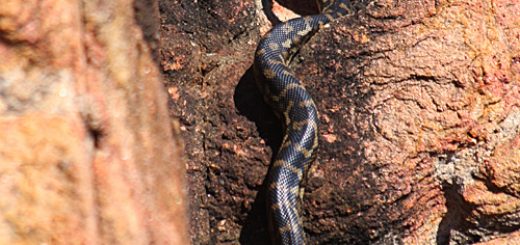Asian Ladybug – Wisconsin Christmas Presents?
Ok, it’s been a few weeks since Enric, Miranda, and Silas left…
…but I’ve been wondering if they didn’t leave us a little something extra for Christmas?
I’ve spotted a few of these little fellas…

This ladybug species was purposely introduced into the U.S. from Asia in the latter half of the 1900s by the U.S. Department of Agriculture (USDA) to control agricultural pests, such as aphids and scale insects. The USDA released the lady beetles in Georgia, South Carolina, Louisiana, Mississippi, California, Washington, Pennsylvania, Connecticut and Maryland, and since then it has migrated so that it is now found throughout most of the U.S. In addition to this intentional introduction, the beetles have been accidentally introduced to the U.S. on freighters, which probably caused or increased its presence across the country.
Asian Lady Beetle Infestations
Since their purposeful introduction, however, the not-so-beneficial aspects of this species of ladybug have come to light. Like boxelder bugs and stink bugs, Asian Lady Beetles will crawl into cracks and crevices of the home like the eaves, siding, or even the foundation to overwinter between the walls.
They then often come into the house through the winter seeking its warmth.
Once inside, they will crawl or fly around rooms, and land on windows, walls, and furniture. Having these bugs flying around your home can be bad enough, but worse is terrible odor and yellowish fluid they can secrete if disturbed, especially because the fluid can stain walls, furniture, and other surfaces on which they crawl.
Some people can have allergic reactions to the beetles, especially if there are a lot of them. Allergenic reactions can vary from eye problems, such as conjunctivitis (or “pink eye”), hay fever, cough, asthma, or hives. Reactions can be triggered by touching the lady beetles then touching your eyes, or just by being around a large or lengthy infestation.
Asian Lady Beetles can be aggressive and bite if they land on the skin. Although it is sometimes a defensive move, it can also be just because it is its nature to bite and eat other insects and seek moisture. Although the lady beetles do help rid gardens of plant pests, they are becoming a problem in vineyards, where they can end up being “collected” along with the grapes resulting in an off taste in the wine from the beetle’s odor.
I have actually experienced the bite. No fun!
















HA HA HA HA HA HA HA HA HA HA!!!!!!!!!!!!!!!!!!!!!!!
lol… how funny. I don’t know if I mentioned this but those little fellas would be outside the door land on you to sneak inside the house as winter was drawing near. They are very clever to get to warmer places. 😉